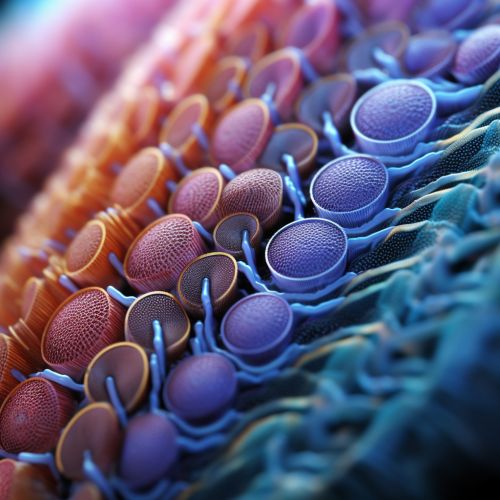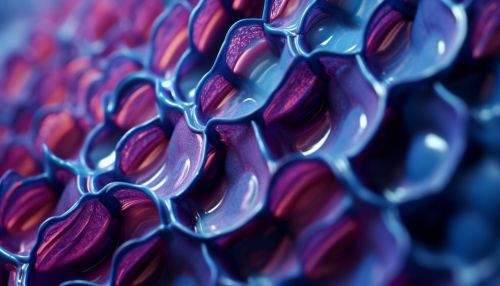Biological Materials
Introduction
Biological materials are substances that are integral to the life processes of organisms. They are derived from living organisms and encompass a wide range of substances, including proteins, DNA, cellulose, and chitin. These materials exhibit unique properties that are not found in synthetic materials, such as self-assembly, self-healing, and the ability to respond to environmental stimuli.


Structure and Composition
Biological materials are composed of a variety of biomolecules, which are the building blocks of life. These include proteins, nucleic acids, carbohydrates, and lipids. The structure and composition of these materials are intricately linked to their function. For instance, proteins, which are composed of amino acids, can serve as enzymes, structural components, or signaling molecules, depending on their specific structure and composition.
Proteins
Proteins are one of the most abundant biological materials and are involved in nearly every aspect of cellular function. They are composed of amino acids, which are linked together by peptide bonds. The sequence of amino acids in a protein determines its structure and function.
Nucleic Acids
Nucleic acids, such as DNA and RNA, are biological materials that store and transmit genetic information. DNA, in particular, is a double-stranded molecule that contains the instructions for the development and functioning of all living organisms.
Carbohydrates
Carbohydrates are biological materials that serve as a primary source of energy for many organisms. They are composed of simple sugars, such as glucose, which can be linked together to form complex carbohydrates like cellulose and chitin.
Lipids
Lipids are hydrophobic biological materials that are involved in a variety of functions, including energy storage, signaling, and forming the structural components of cell membranes.
Properties of Biological Materials
Biological materials exhibit a range of unique properties that are not found in synthetic materials. These properties are often a result of the complex, hierarchical structures of these materials.
Self-Assembly
One of the most remarkable properties of biological materials is their ability to self-assemble. This is the process by which individual components spontaneously organize into ordered structures. For example, proteins can self-assemble into complex three-dimensional shapes, which is crucial for their function.
Responsiveness to Environmental Stimuli
Many biological materials can respond to environmental stimuli, such as changes in temperature, pH, or light. This responsiveness allows organisms to adapt to changing conditions and perform specific functions.
Self-Healing
Some biological materials have the ability to self-heal, or repair damage without external intervention. This is seen in many organisms, from the regeneration of lost limbs in starfish to the healing of wounds in humans.
Applications of Biological Materials
Due to their unique properties, biological materials have a wide range of applications in various fields, including biotechnology, medicine, and materials science.
Biotechnology
In biotechnology, biological materials are used in a variety of applications, such as the production of biofuels, the development of new drugs, and the creation of genetically modified organisms.
Medicine
In medicine, biological materials are used in a variety of ways, including the development of biomaterials for tissue engineering and regenerative medicine, the creation of biosensors for disease detection, and the delivery of drugs to specific parts of the body.
Materials Science
In materials science, researchers are studying biological materials to develop new materials with similar properties. For example, scientists are studying the structure of spider silk to develop stronger and more flexible materials.
Conclusion
Biological materials are a diverse group of substances that are integral to the life processes of organisms. They exhibit unique properties, such as self-assembly, self-healing, and responsiveness to environmental stimuli, which make them valuable in a variety of applications. As our understanding of these materials continues to grow, so too will their potential uses in fields like biotechnology, medicine, and materials science.
